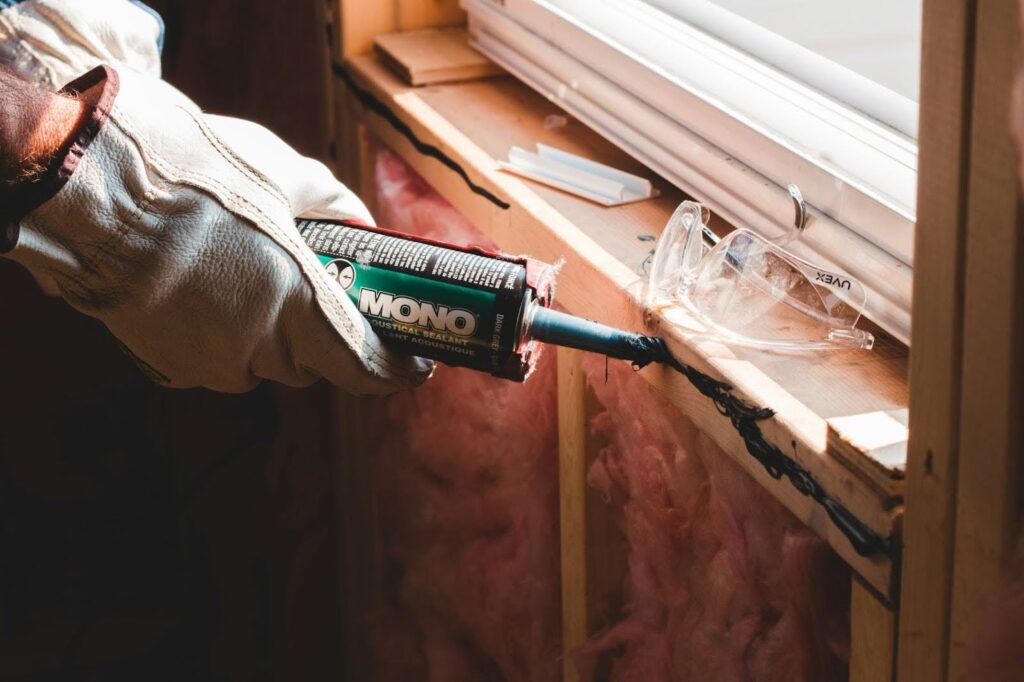A solid home maintenance budget is the quiet safety net every homeowner needs but often overlooks. At first glance, home repairs feel like distant problems until a failing water heater or a leaking roof demands attention. Many families turn to a trusted personal finance app to regain control when these moments appear.
The challenge is not only predicting the size of future repairs, but also understanding how to save for home repairs and maintenance. This article explores how a conscious approach, smart planning, and consistent monitoring can turn unexpected costs into manageable tasks.
The Real Cost Of Ignoring Home Repairs
Unexpected damage rarely arrives politely. We’ve all seen how a small ceiling stain can quickly turn into a major structural problem. A neighbour could put off a $200 repair now, only to face thousands in damage in the next few months. Research suggests that repair costs continue to increase, especially for large systems such as roofs, foundations, and HVAC units. Maintenance costs have risen dramatically over the last decade due to inflation in materials and labour.
These trends highlight why understanding what is the most expensive thing to repair on a house? It is essential for smarter planning.
Using the 1% Rule for Home Maintenance
Many homeowners rely on the 1% rule for home maintenance, which suggests setting aside at least 1% of the property’s value each year. It is a rule of thumb it will not give you perfect accuracy, but it will give you direction. For instance, a $280,000 house would require about $2,800 in annual long-term property service costs. The rule promotes consistency, keeps savings steady, and helps you sidestep the trap of only reacting when something actually breaks.
Take, for example, a family residing in a 20-year-old townhouse. Rather than guessing what their future costs might be, they follow the 1% rule and save smaller monthly amounts in a separate account. When their HVAC system needs $1,900 in repairs, the cash is already on hand. No stress. No panic. The household maintenance allowance does its job.
Building A Home Maintenance Budget That Feels Manageable
A good budget starts with an understanding. Each home is different therefore, monitoring repair history, regular maintenance, and seasonal budget for this item is important. Costs can be organised by tool and even include reminders, such as a personal finance app. “It makes it emotionally easier to plan because the homeowner can see where money goes.
A good budget begins with an education. Every home is unique, so it’s vital to keep track of the repair history, preventive maintenance, and the seasonal budget for this particular item. You can separate that out by tools and get reminders, like a personal finance app. Long-term property care creates an emotional timeline that makes it easier for the homeowner to plan and see where their money is going.
How To Save For Home Repairs And Maintenance?
Saving becomes easier when automated. Homeowners generally make monthly transfers to a designated repair fund. Some prefer seasonal contributions based on when key issues tend to pop up, such as roof leaks in the spring or HVAC repairs in the summer.
One other method of success is to break sizable prospective repairs down into smaller groupings:
- Exterior maintenance
- Utilities and mechanical systems
- Appliances
- Structural elements
- Emergency repairs.
This is to make sure nothing slips up through the cracks, and you keep track of your home maintenance budget.
Think of a new homeowner who bought an older house with lots of character and ageing pipes. Initially, the repair bills were unpredictable. Since I made a detailed budget and agreed to contribute small amounts weekly (by automatic transfer) toward paying off the loan, financial worry was a thing of the past. One winter, when a pipe finally burst, the family had enough saved for the job and didn’t need to draw on their emergency funds.
Understanding The Most Expensive Home Repairs

Homeowners often wonder: What is the most expensive thing to repair on a house?Typically:
- Foundation repairs
- Roof replacement
- Sewer line failures
- HVAC system replacement
- Electrical rewiring.
These issues can cost thousands and disrupt a household’s routine. A dedicated home maintenance budget shields families from these financial shocks. Planning ahead is not only practical but emotionally stabilising.
Long-Term Property Care: Thinking Ahead
Long-term care is about more than just responding to repairs. It also encompasses how the property ages. For instance, homes built in the 1980s often need their plumbing and insulation updated today. With knowledge of a house’s age and all its systems, homeowners can feel more at ease as they plan.
Sometimes expert inspections can unmask hidden issues before they become emergencies. Reputable contractors can estimate the time required for repairs, enabling homeowners to adjust how much they save each year based on their actual needs. This tactic takes a broad rule of thumb, such as the 1% rule, and converts it into your own savings plan.
When The Home Maintenance Budget Protects You Most
A well-built budget prevents panic. Families that plan well seldom get financially blindsided. Savings can absorb the impact when a major storm takes out the roof. When your over-the-hill appliances go on the fritz, you replace them rather than panic.
And while a home maintenance budget may begin as a means of protection, it can ultimately become a powerful vehicle for confidence. It allows homeowners to hold the reins and achieve financial stability.
Conclusion: Building Confidence Through Consistency
Individuals have been known to reduce the stress associated with unexpected costs and future maintenance needs by establishing a home maintenance budget. They save regularly, monitor their spending, and use sound financial tools to make decisions that are right for them. As time passes, these habits bring peace of mind and lessen the mental burden associated with sudden repairs.
What budgeting strategies help you handle home repairs more confidently? Have you tried building a dedicated maintenance fund, and what worked best for your household?

